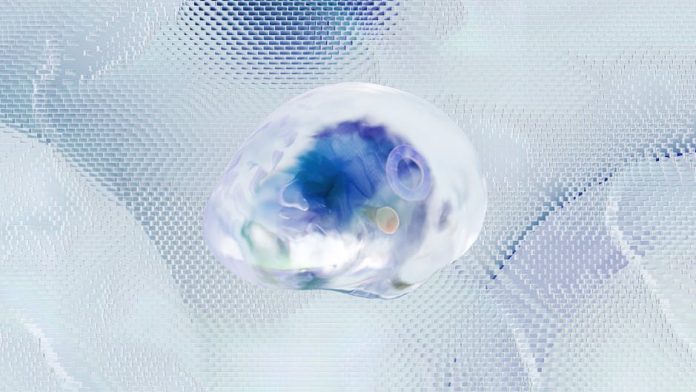
Imagine if your brain had a ‘master switch’ – a perfect setting that maximized its potential for learning, solidified your memories, and even offered a shield against devastating diseases like Alzheimer’s. Scientists are increasingly convinced that such a setting exists, and they call it ‘criticality’. This isn’t just a fascinating theory; it’s a rapidly evolving field that could redefine how we understand and enhance our cognitive abilities.
So, what exactly is brain criticality? Think of it as the brain operating at the ‘edge of chaos.’ It’s not too predictable and rigid, where new information can’t be processed or new connections formed. Nor is it too random and noisy, where coherent thought is impossible. Instead, it’s a dynamic balance, a perfect sweet spot where neural activity can flow freely, respond sensitively to stimuli, and adapt efficiently. Picture a vast forest where a controlled fire can spread just enough to clear underbrush and foster new growth, but never rage out of control – that’s the essence of criticality.
This ‘edge of chaos’ state is precisely what makes the brain an incredible learning machine. In a critical state, neural networks are maximally responsive and adaptable. They can form new connections (synaptic plasticity) more efficiently, solidify pathways for memory retrieval, and integrate new information seamlessly. It’s like a finely tuned orchestra, where every instrument can contribute perfectly to the symphony of thought, allowing for complex information processing and rapid learning.
The implications for neurodegenerative diseases are profound. Emerging research suggests that brains afflicted with conditions like Alzheimer’s often deviate from this critical state. They might become either too ordered and synchronized, leading to epileptic-like activity and repetitive thoughts, or too disordered and chaotic, hindering effective communication between brain regions. Maintaining brain criticality could, therefore, be a crucial factor in preserving cognitive function and potentially preventing or slowing the progression of such diseases. It’s about keeping the brain’s delicate balance intact, preventing it from tipping into dysfunctional states.
While the science is still evolving, understanding brain criticality opens exciting avenues for intervention. Researchers are exploring neuromodulation techniques and even lifestyle factors that might help ‘tune’ the brain to its optimal critical state. Adequate sleep, regular physical exercise, mindfulness practices, and continuous mental stimulation through learning new skills or challenging puzzles are all thought to contribute to a healthy, adaptable brain, potentially nudging it towards this elusive sweet spot. The more we understand this delicate balance, the closer we get to unlocking new strategies for cognitive health.
The concept of brain criticality is a powerful lens through which to view our cognitive potential. It suggests that unlocking superior learning, sharpening our memories, and building resilience against diseases like Alzheimer’s might lie in simply helping our brains find and maintain their perfect dynamic equilibrium. The brain’s sweet spot isn’t just a fascinating theory – it could be the key to a healthier, sharper mind for life, empowering us to learn, remember, and thrive at every age.

